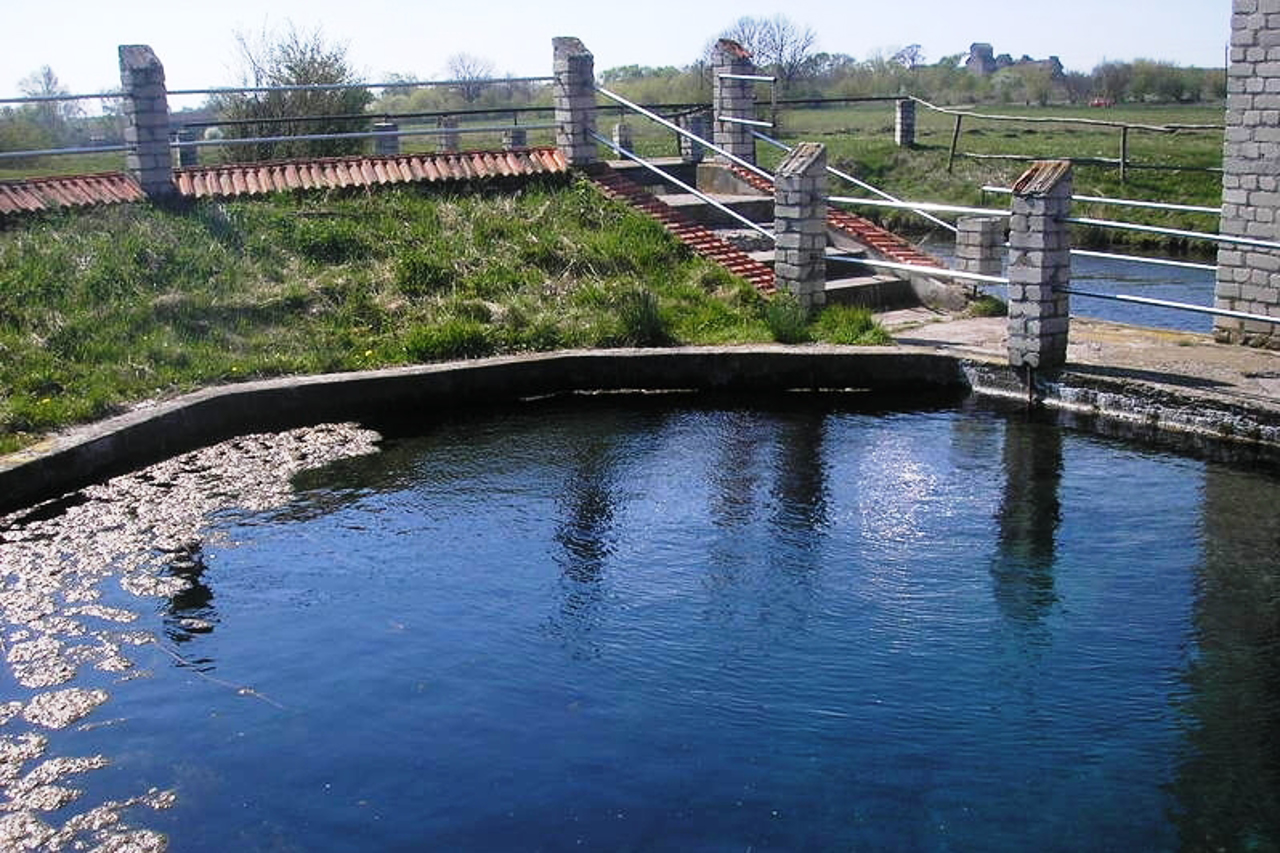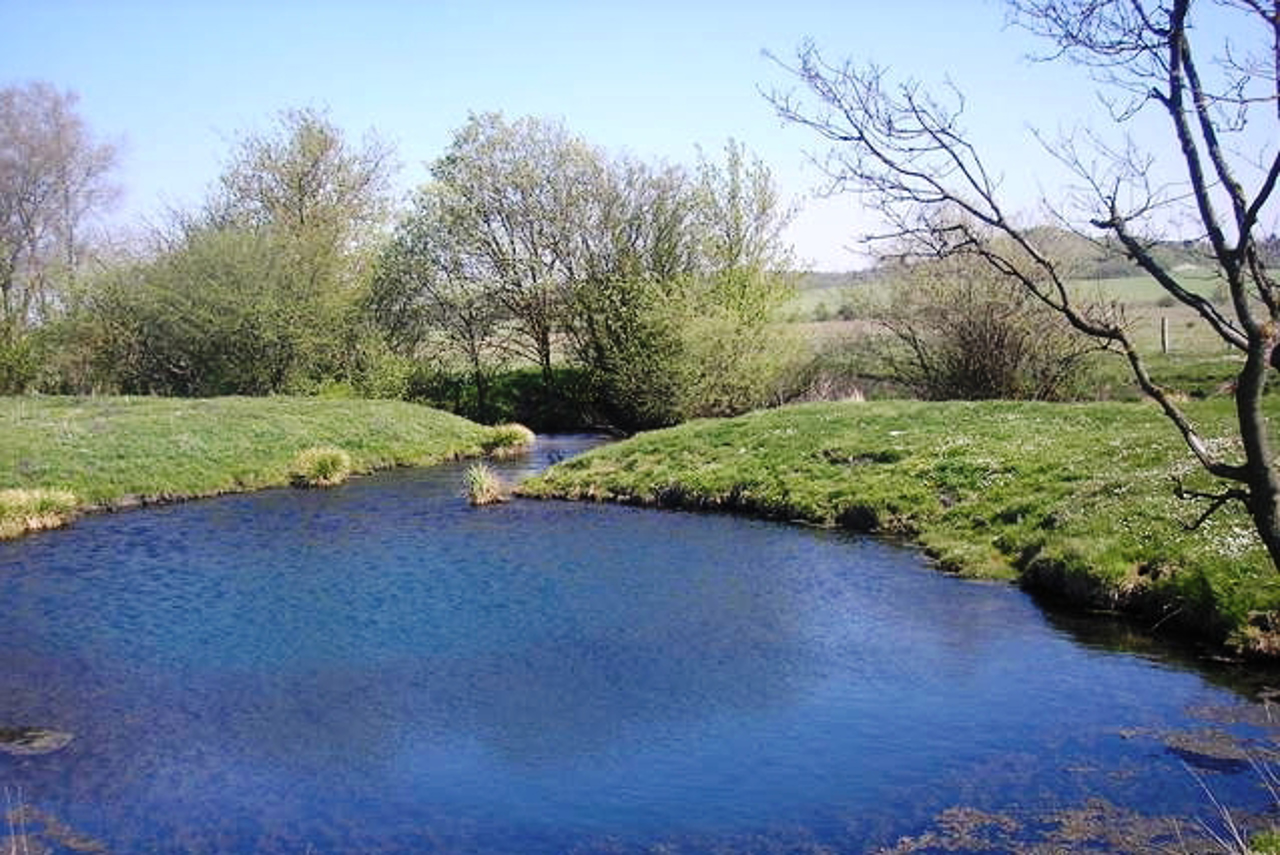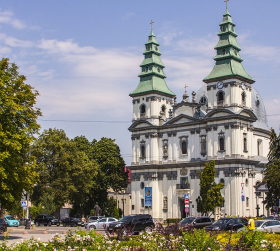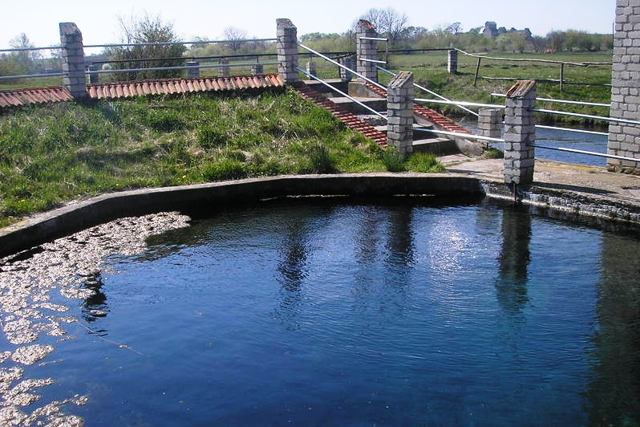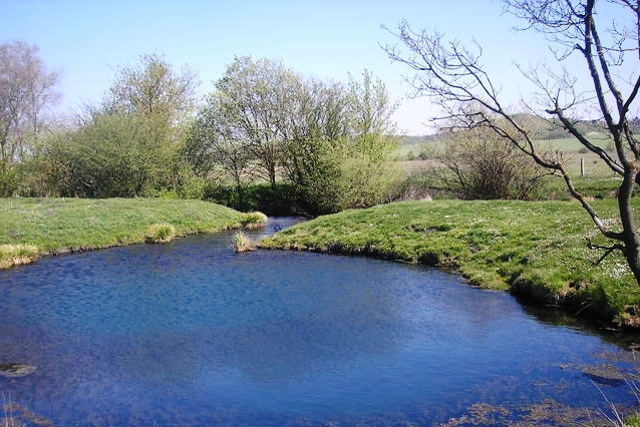Functional temporarily unavailable
Karst lakes, Vikno
Natural object
General information about Karst lakes (Vikno)
Near Podillya Tovtry, on the outskirts of the village of Vikno, there are karst lakes on a wide meadow, which are called "vikno" (windows) in these parts.
20 million years ago, waves of the warm Sarmatian Sea splashed here. From its underwater reef, giant side formations (tovtry) formed, and when the sea receded, hills several hundred meters high were formed. Now in the lowlands is a field where karst lakes were formed.
There used to be several dozen of them, then there were five, but after land reclamation in the 1980s, only two lakes remained: Sinye and Bezodnya. The lakes were formed in limestone cavities, the depth of which cannot be determined. Although the bottom of the lakes reaches four meters, the underground passages from where the powerful springs come a ...
Near Podillya Tovtry, on the outskirts of the village of Vikno, there are karst lakes on a wide meadow, which are called "vikno" (windows) in these parts.
20 million years ago, waves of the warm Sarmatian Sea splashed here. From its underwater reef, giant side formations (tovtry) formed, and when the sea receded, hills several hundred meters high were formed. Now in the lowlands is a field where karst lakes were formed.
There used to be several dozen of them, then there were five, but after land reclamation in the 1980s, only two lakes remained: Sinye and Bezodnya. The lakes were formed in limestone cavities, the depth of which cannot be determined. Although the bottom of the lakes reaches four meters, the underground passages from where the powerful springs come are much deeper.
The water temperature in the lakes always remains at +12 degrees. The surface of the water in them is covered with algae, so during the day, depending on the lighting, the lakes change their color - from dark blue to blue and purple.
Karst lakes do not freeze in the strongest frosts and glow at night.
Поблизу Подільських Товтр на околиці села Вікно на широкій галявині знаходяться карстові озера, які називають у цих краях "вікнами".
20 мільйонів років тому тут плескалися хвилі теплого Сарматського моря. Від його підводного рифу сформувалися гігантські бічні утворення (товтри), а коли море відступило, утворилися пагорби заввишки кілька сотень метрів. Тепер у низині – поле, де й утворилися карстові озера.
Раніше їх було кілька десятків, потім залишилося п'ять, але після меліорації у 1980-х роках збереглися лише два озера: Синє та Безодня. Озера утворилися у вапнякових порожнинах, глибину яких неможливо визначити. Хоча дно озер сягає чотирьох метрів, підземні ходи, звідки б'ють потужні джерела, набагато глибші.
Температура води в озерах завжди за ...
Поблизу Подільських Товтр на околиці села Вікно на широкій галявині знаходяться карстові озера, які називають у цих краях "вікнами".
20 мільйонів років тому тут плескалися хвилі теплого Сарматського моря. Від його підводного рифу сформувалися гігантські бічні утворення (товтри), а коли море відступило, утворилися пагорби заввишки кілька сотень метрів. Тепер у низині – поле, де й утворилися карстові озера.
Раніше їх було кілька десятків, потім залишилося п'ять, але після меліорації у 1980-х роках збереглися лише два озера: Синє та Безодня. Озера утворилися у вапнякових порожнинах, глибину яких неможливо визначити. Хоча дно озер сягає чотирьох метрів, підземні ходи, звідки б'ють потужні джерела, набагато глибші.
Температура води в озерах завжди залишається на рівні +12 градусів. Поверхня води в них покрита водоростями, тому протягом дня, залежно від освітлення, озера змінюють свій колір – від темно-синього до блакитного та фіолетового.
Карстові озера не замерзають у найміцніші морози і світяться вночі.
Practical information about Karst lakes (Vikno)
Last update
5/29/2025
| Categories | Natural object |
|---|---|
| Address |
Vikno |
| Coordinates |
49.34916667° N, 26.06833333° E
|
| Additional services |
Аccessibility information
Have you visited Karst lakes in Vikno?
Add practical or descriptive information, photos, links
Karst lakes (Vikno) in photos and videos
What to see, where to go next?

